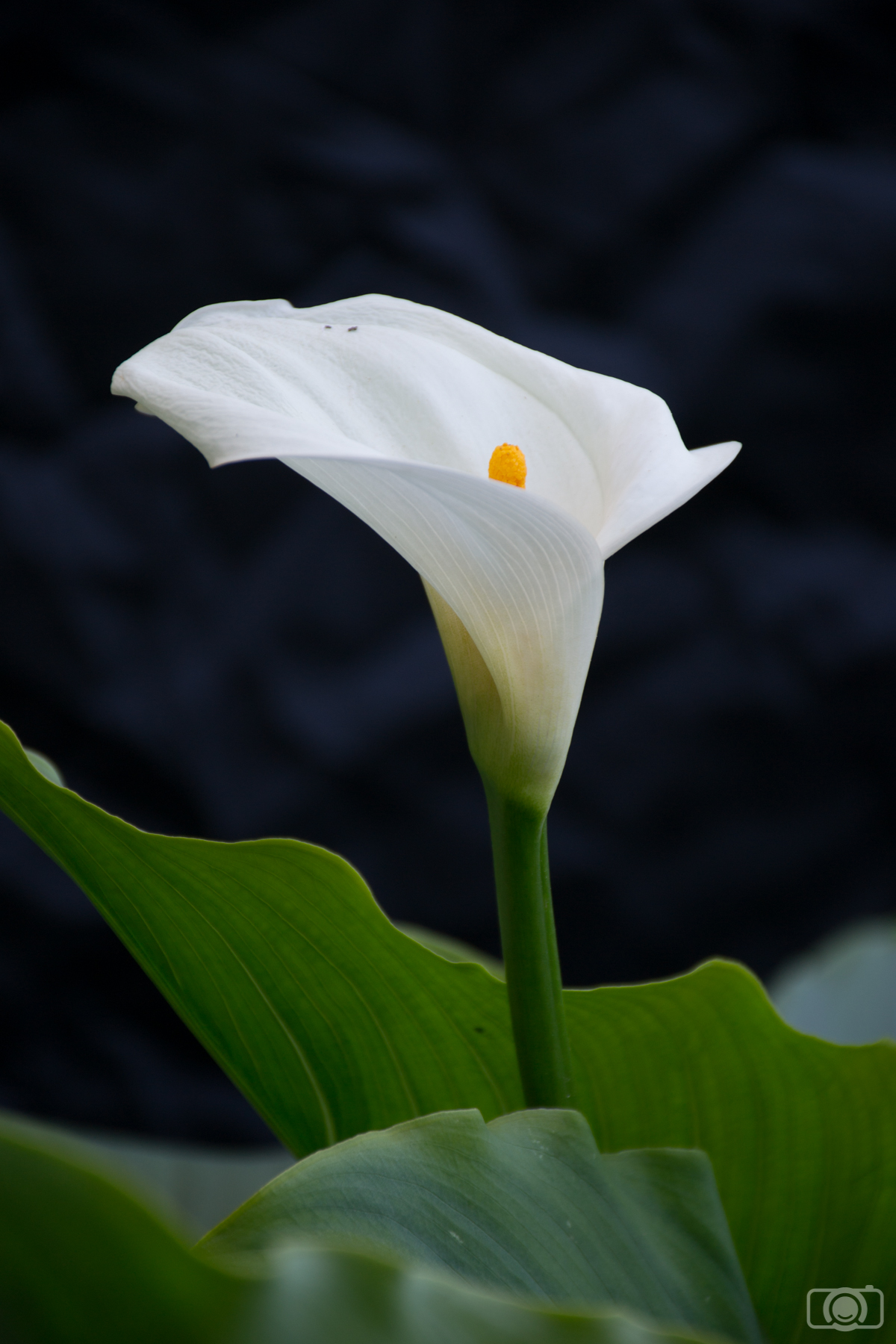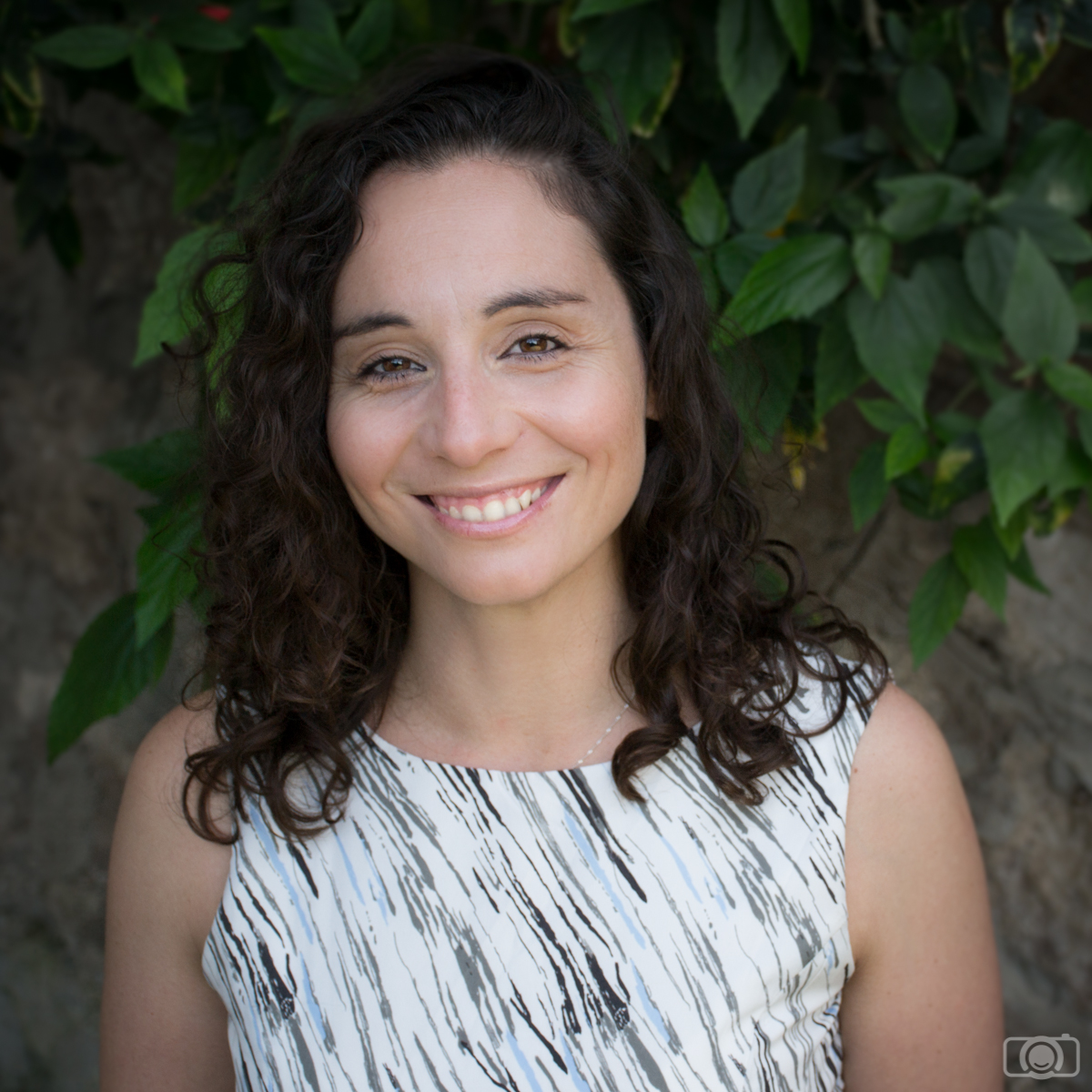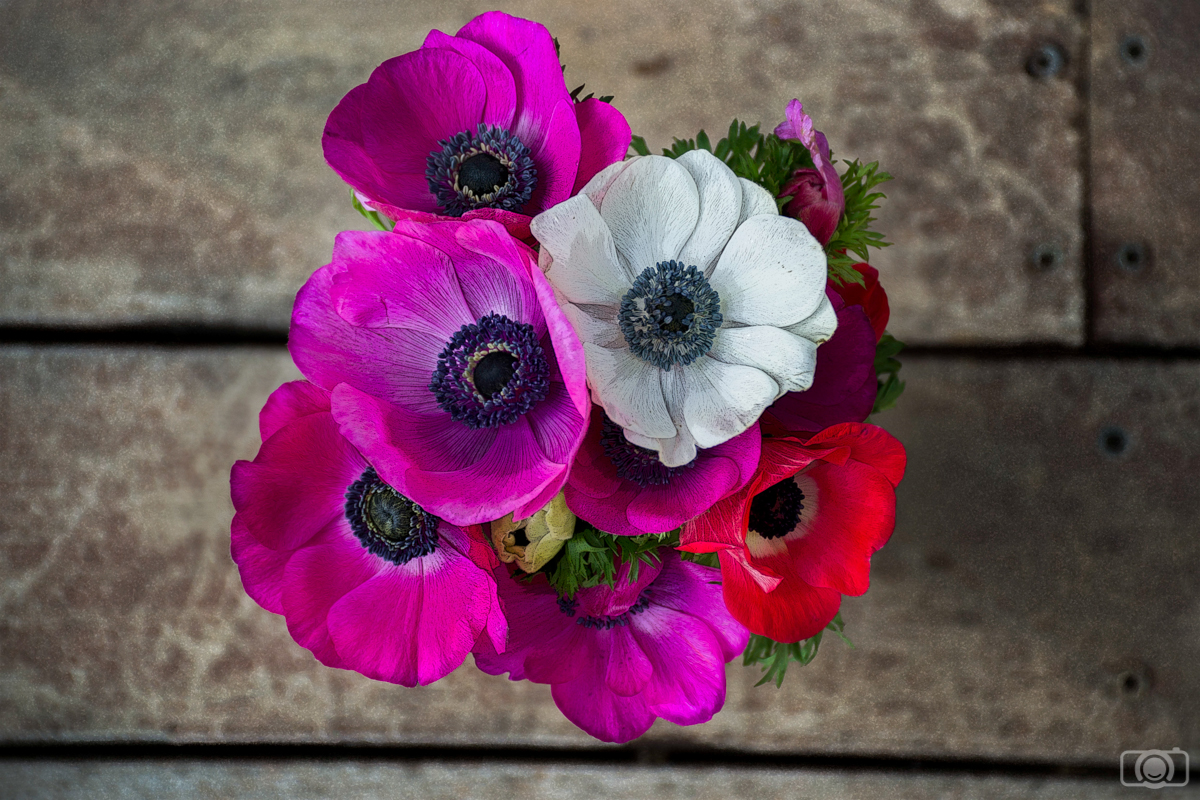We are living awesome times regarding to technical advances. Our digital cameras improve every year, the optical of our lenses is high quality, and our photos have better resolution than ever. Also the software for photo editing is in continuum evolution. Photoshop, Lightroom… their editing capacities seem endless. We can do easily some basic adjustments: hue, exposure, contrast, saturation, clarity or other similar features to improve the look of a photograph. It is what we call enhancement. But we can also clone out objects/persons from the frame; add interesting skies that were not there before, make eyes bigger, people slimmer… (manipulation). These software tools made us free to do as many things as we want. But the fact that we can do what we want means that we should do it? Is it ethical editing photos? Should be define our photo edit limits? The answer to this question is not as easy as it seems.

This is the same photo after I did some enhancements in order to achieve the look I wanted (I darkened the background, I cropped and straightened the photo, adjust contrast, clarity and some other features). I also did some modifications because I deleted the two little bugs that were sitting on the flower and a lighter area next to the flower (lower right corner). I delete them because I found them distracting.
Do an internet search about ethics in photo editing or photo manipulation and you will find all sort of opinions about this subject. Some people think that photo editing is not right, especially when you are talking about photojournalism. Other people believe that photo editing is part of the photographic creative process. They say that photos have always being manipulated somehow. In the past photographers used the dark room to apply their manipulations. Now we do it in a computer. But there is has always been some kind of photo editing.
I enjoy editing my photos. In this one I played with Photoshop filters just to give a more painterly look to the photos.
The limits of how much photo edition is acceptable seem to be dependent on the photography field. In case of photojournalism, there are ethical codes. Although excessive manipulations are not accepted, minor ones usually do. Unfortunately there are no clear standards that define the differences between minor and excessive photo manipulations. Oxford’s university’s Reuters Institute for the Study of Journalism in association with World Press Photo published a report on “The State of News Photography”. The report contains the results of a survey done to the photographers that entered the World Press Photo Competition of 2015. 1549 photographers completed the survey. They answered 63 questions about diverse subjects, including ethics. Almost 73% of the photographers said that they never manipulate their photos (meaning adding or removing elements). So it seems that manipulation is avoided for most of the photographers (notice that I said “most of”. The other 27% manipulate photos at some level sometimes). The answer about photo enhancement was more diverse. Just 9.4% of the photographers admitted never enhancing their photos. All the rest (90.6%) enhanced their photos sometimes (32.7%), half of the time (7.1%), often (21.8%) or even always (28.9%). They also asked them if they follow ethical guidelines. The answer was interesting: 26% followed their company’s ethical codes and 58% their own standards. This means that more than half of the pictures are subjected to just individual ethical restrictions. Is this right? How do we know the type of editions that the photo we have in front has suffered? Just enhancement? A minor manipulation? What does minor manipulation means for the author of the photo? All these are difficult questions, aren’t they?
Did I edit this photo? Although it might seem a pretty simple photo (just a flower), it is also an edited photo. Here I enhanced the sky ad I increased the contrast and the saturation to make the photo more vibrant.
On the other side of the scale we have fine art photography. This field totally relies on photo editing. Fine art photographers use all the available tools to show their internal vision of reality. Fine art photographers are usually Photoshop masters too. However, things are not so clear in other fields. Fashion photography is not subjected to the photojournalism code of ethics. Does this mean that they can alter the image of a model to create an unrealistic view of beauty? How does this affect to the public? And what about nature photography? And landscape? Are the manipulations we do to enhance skies or to delete garbage acceptable?
Landscapes are also subjected to enhancements and modifications. I usually enhance the skies and I delete all the garbage I can.
After all this information, it is your turn: To edit, or not to edit: that is the question. You already saw how subjective this issue is. I will share with you my personal decisions about the subject.
My edition boundaries:
- I do modify backgrounds in order to make them look cleaner: I delete garbage and objects that might distract from the main object of my photo.
- I do enhance the general appearance of a background: I do basic adjustments and I apply presets if they can save me time or they can help me achieve my photographic vision.
- I do enhance the look of my models: I keep my models natural and I just do light adjustments to add brightness to their eyes, skin and eyes. I delete pimples and red skin.
- I do not change the body shape of my model or delete permanent marks (such as beauty marks). I do not change the color of their eyes or hair.
- I do inform my clients of all the modifications and enhancements I will do to their pictures.
- I do not hide the type of enhancements and modifications I do to my photos.

Take into account that I am a portrait and nature photographer. I do not do photojournalism or fashion photography. I enjoy editing my photos and I consider it part of the creation of my photography. However, I try always to be respectful and think of the consequences of my editions. Might my editions be harmful to somebody? If the answer is yes, I won’t apply these editions. I hope my point of view will inspire you to define your own photo edition limits.





